John Henry Newman was an Anglican churchman and scholar. He later became a Catholic cardinal, who lead an important role as well as was a controversial figure in the religious history of 19th century England.
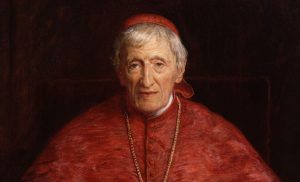
By the 1830s he was known all through the nation. Newman was an enthusiastic Oxford University academic as well as a priest in the church in England.
Early Life of John Henry Newman
Newman was born on February 21, 1801, in London. At the age of fifteen, Newman got enrolled in Trinity College. After receiving his Bachelor’s Degree from there, he moved to Oriel College where he became a fellow in 1822 and then a tutor in 1826.
When Edward Hawkins became provost of Oriel, Newman supported him, but soon he understood that there was the difference in perspective of both of them when it came to responsibilities of a college tutor.
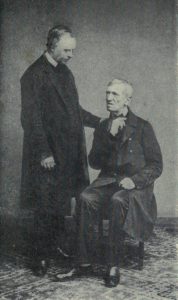
Where Hawkins considered the relationship between tutor and student strictly academic, Newman was of the opinion that it should carry some personal duties also. Due to this difference of opinion, Hawkins cut off the supply of students to Newman and he had to resign finally in 1832.
The Oxford Movement
Newman’s scholarly yet earnest preaching attracted hundreds of students as well as townspeople and university officials. This is why he remained in his pastoral office until 1843.
His role in the Oxford Movement was the highest point in Newman’s Anglican career. The effort of a High Church to return to the fundamentals of the faith, which were the sacraments, episcopal governance, and apostolic succession.
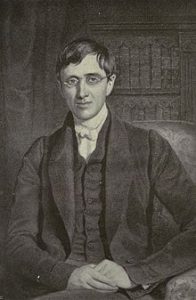
The movement started on July 14, 1833. After a few months, Newman involved himself in this movement. He became the primary spokesman, promoted its doctrinal and moral concerns through “British Critic”. He also used “Tracts of the Times” and contributed in his weekly sermons at St. Mary’s.
Change in View
Newman started losing confidence in the cause by 1839. He started studying Monophysites which raised doubts in his mind about the validity of the via media. He soon got convinced that it was not Canterbury, but Rome which was the home of the true church.
He expressed his views in “Tract Ninety”, which was published on February 27, 1841. Severe disapproval from the Oxford authorities gave a severe blow to the movement Newman quickly withdrew from Anglican life.
John Henry Newman Facts
During the period of July 1841 and September 1843, he moved from Oxford to Littlemore, a semi-monastic community. He left British Critic and resigned at St. Mary’s. He also withdrew the anti-Catholic statements he had published.
But after two years he started his life as a Roman Catholic and was officially accepted by the church on 9 October 1845. He was also designed to the priesthood the next year.
John Henry Newman Biography
In 1848, he established the Oratory of the St. Philip Neri near Birmingham. He helped to create the Catholic University of Ireland in Dublin and was the reactor here from 1854 to 1858.
He, however, did not stop writing and some of his main publications during his Catholic years were “Parochial and Plain Sermons” in 1848, which was a new edition of his Anglican discourses.
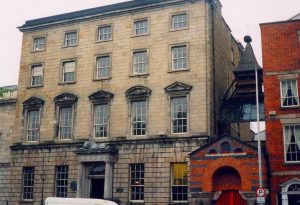
A collection of his inaugural lectures made for the Catholic University along with other academic essays were published in 1852 under the name of “The Idea of University”.
In 1864, “Apologia Pro Vita Sua” came which was his classical work of spiritual autobiography. In 1870 a treatise on the philosophy of religion, “An Essay in Aid of a Grammar of Assent” was published.
John Henry Newman Works
During 1870 Newman received special recognition for his work as an Anglican as well as a Roman Catholic. In 1877, he was the first to receive an honorary fellowship of Trinity College and after two years he was awarded a place in the College of Cardinals by the Pope Leo XIII.
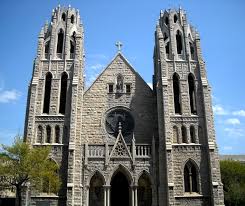
Newman returned to England after an illness and died on 11 August 1890. He was buried in Warwickshire. His memorial stone was inscribed with his chosen words, “Ex Umbris et Imaginibus in Veritatem”, which means “out of shadows and phantasms into the truth.”
More Info On- John Carlin, Marie Taglioni, Edward Hicks, Charles Frederick Worth, Mary Kingsley, Julia Margaret Cameron